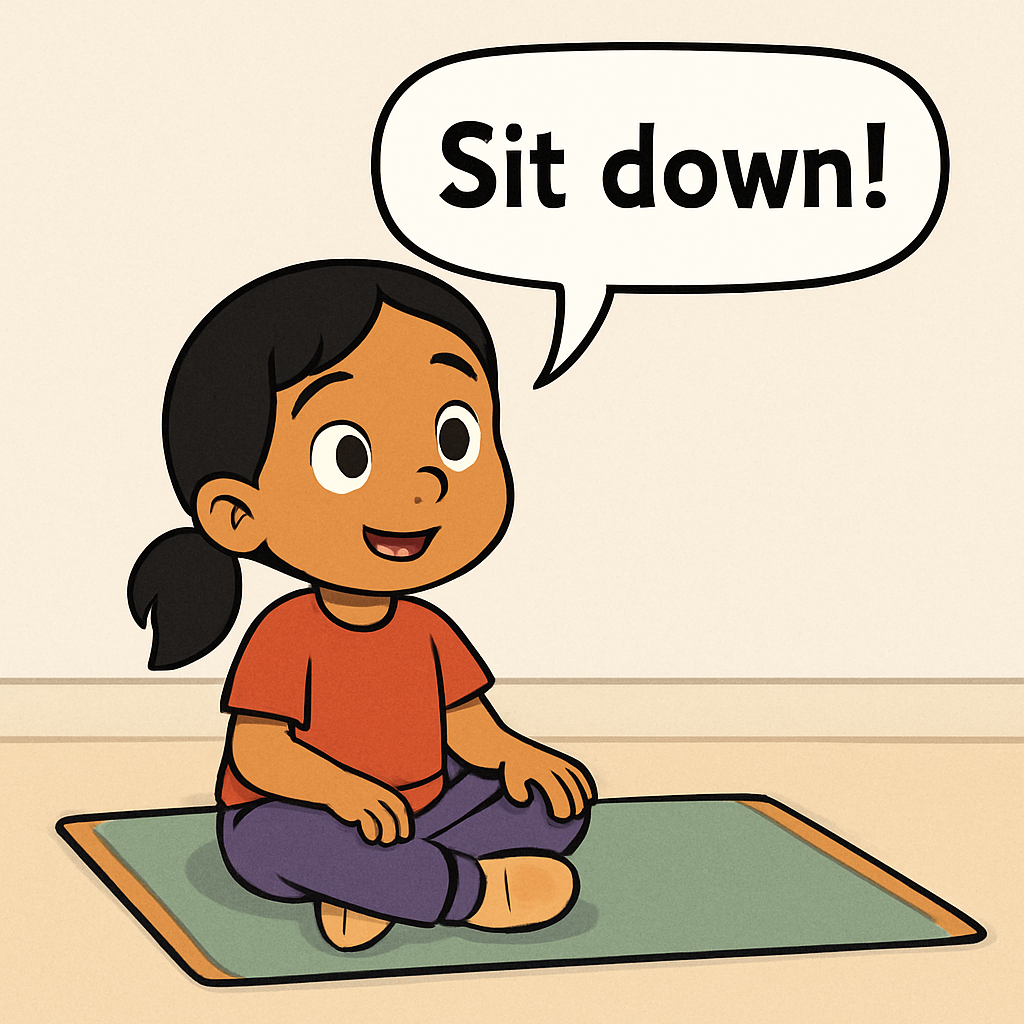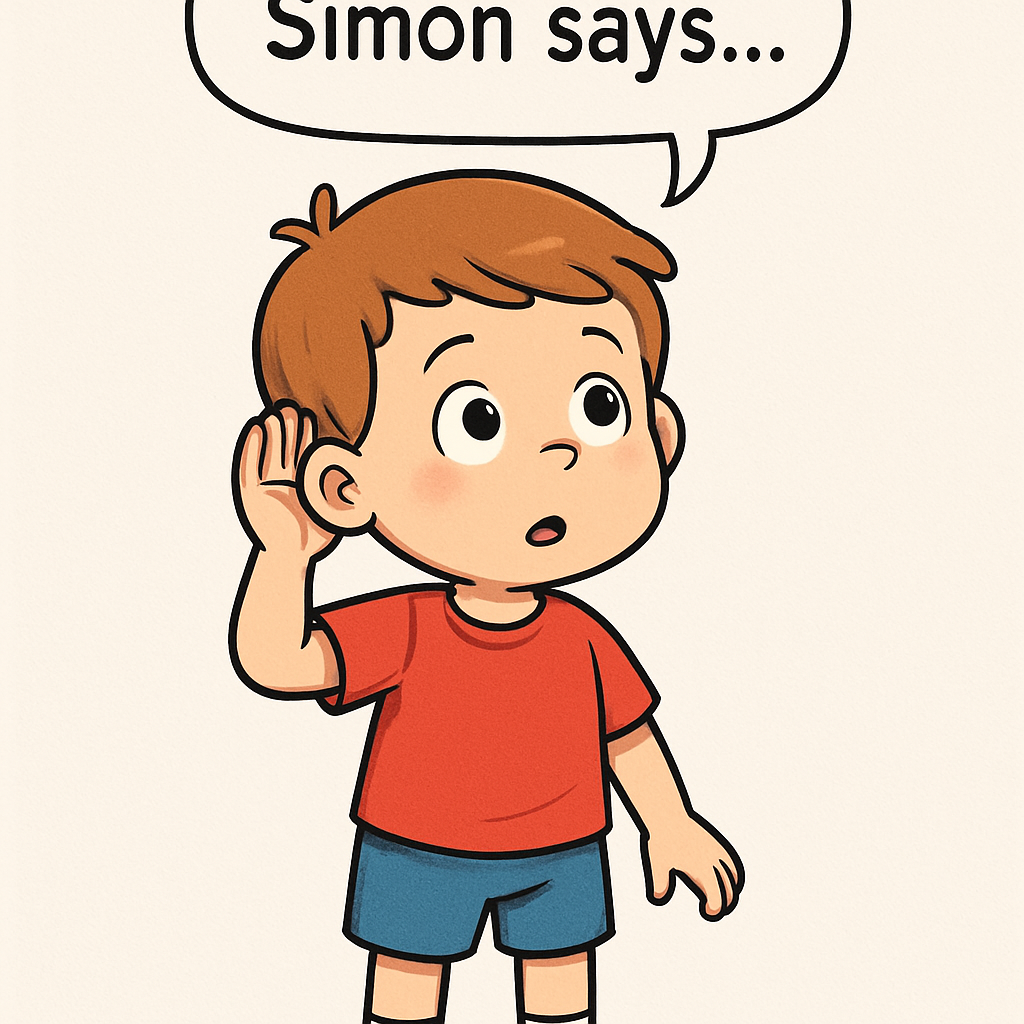Today, you'll be guiding your students through a series of fun and engaging activities designed to help them understand the concept of sequencing everyday activities using 'first/then' statements. This is a fundamental skill in coding, as it lays the foundation for understanding the logical order of coding instructions in future lessons.
The format of this lesson is:
 To introduce the concept of 'Bossy Words' in an engaging way for 4-5 year old students, start by gathering the class in a circle or at their desks and begin a fun, interactive discussion.
To introduce the concept of 'Bossy Words' in an engaging way for 4-5 year old students, start by gathering the class in a circle or at their desks and begin a fun, interactive discussion.
Begin by asking a simple, relatable question to spark their interest: 'Have you ever had someone tell you to do something, like your mum saying "Brush your teeth" or your teacher saying "Sit down on the mat"? Who can share an example of something they've been told to do?'
Encourage a few students to share their own examples,
Explain that 'Bossy Words' are special words that tell us to do something. They are like commands or instructions. For example, when we say 'sit', we are telling someone to sit down. This is a bossy word because it gives a clear instruction.
 Introduce the game 'Simon Says' to the students. Explain that this game is about listening carefully and these are the rules:
Introduce the game 'Simon Says' to the students. Explain that this game is about listening carefully and these are the rules:
Remind the students that they should only perform the action if the command starts with 'Simon says'. For example, if you say 'Simon says touch your nose', they should touch their nose. But if you just say 'Touch your nose' without 'Simon says' at the beginning, they should not do the action.
Next tell your students that you will be looking at some Bossy Words together. Show the students the below slides and for each slide:
Next engage your students in a discussion about instructions. Ask them, "Who are the people who usually give us instructions?". Expect responses like parents, teachers, and coaches. This will help them relate the concept of instructions to their daily life.
Explain the importance of instructions. You can say, "Instructions help us learn new things and help us understand how to do things."
Ask the students if they can share some examples of instructions or commands they follow at home or in school. Examples could be "Raise your hand before speaking", "Put on your coat before going outside", or "Sit on your chair properly".